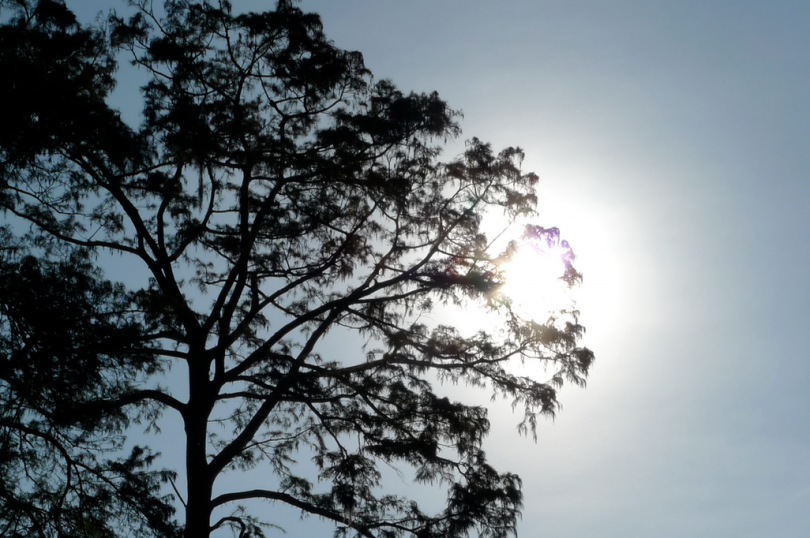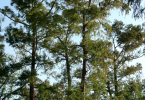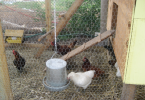Carbon Calculator
Find out how much energy you use with The Nature Conservancy’s Carbon Calculator.
Solar Power
Solar power plants use a variety of methods to collect sunlight and convert this energy into electricity, distill water or provide heat for industrial processes. Concentrating solar thermal power plants have traditionally been the most common type of solar power plant; however, multi-megawatt photovoltaic sites have seen recent rapid deployment.
Concentrating Solar Thermal (CST) systems use lenses or mirrors and tracking systems to focus a large area of sunlight into a small beam. CST technologies require direct insolation to perform properly. This requirement makes them inappropriate for significantly overcast locations.Wikipedia
More Info:
Wind Power
Wind power is the conversion of wind energy into more useful forms, such as electricity, using wind turbines. Most modern wind power is generated in the form of electricity by converting the rotation of turbine blades into electrical current by means of an electrical generator.wikipedia
A wind farm is a collection of wind turbines in the same location. They generate wind-powered electricity. Production varies with the wind. Individual turbines are interconnected with a medium voltage (usually 34.5kV) collection system and fiber optic communications network. This medium-voltage electricity is then stepped up with a transformer to a high voltage transmission system and the electric grid.wikipedia
There are three places to install wind turbines: onshore, near-shore, and offshore. Onshore turbine installations occur in hilly or mountainous regions. The hill or ridge causes the wind to accelerate as it is forced over it. Near-Shore turbine installations occur on land within three kilometers of a shoreline or on water within ten kilometers of land. These areas tend to be windy and are good sites because a primary source of wind is convection caused by the differential heating and cooling of land and sea over the cycle of day and night.
Offshore turbine installations occur ten kilometers or more from land. Because water has less surface roughness than land (especially deeper water), the average wind speed is usually considerably higher over open water.wikipedia
More Info:
BioFuels
Biofuel (also called agrofuel) can be broadly defined as solid, liquid, or gas fuel consisting of, or derived from biomass. The definition used here is narrower: biofuel is defined as liquid or gas transportation fuel derived from biomass. Biomass can also be used directly for heating or power: this is commonly called biomass fuel: see biomass heating systems. Biofuel is considered a means of reducing greenhouse gas emissions and increasing energy security by providing an alternative to fossil fuels.
Biofuels are used globally: biofuel industries are expanding in Europe, Asia and the Americas. The most common use for biofuels is in automotive transport. Biofuel can be produced from any carbon source that can be replenished rapidly e.g. plants. Many different plants and plant-derived materials are used for biofuel manufacture.wikipedia
More info:




